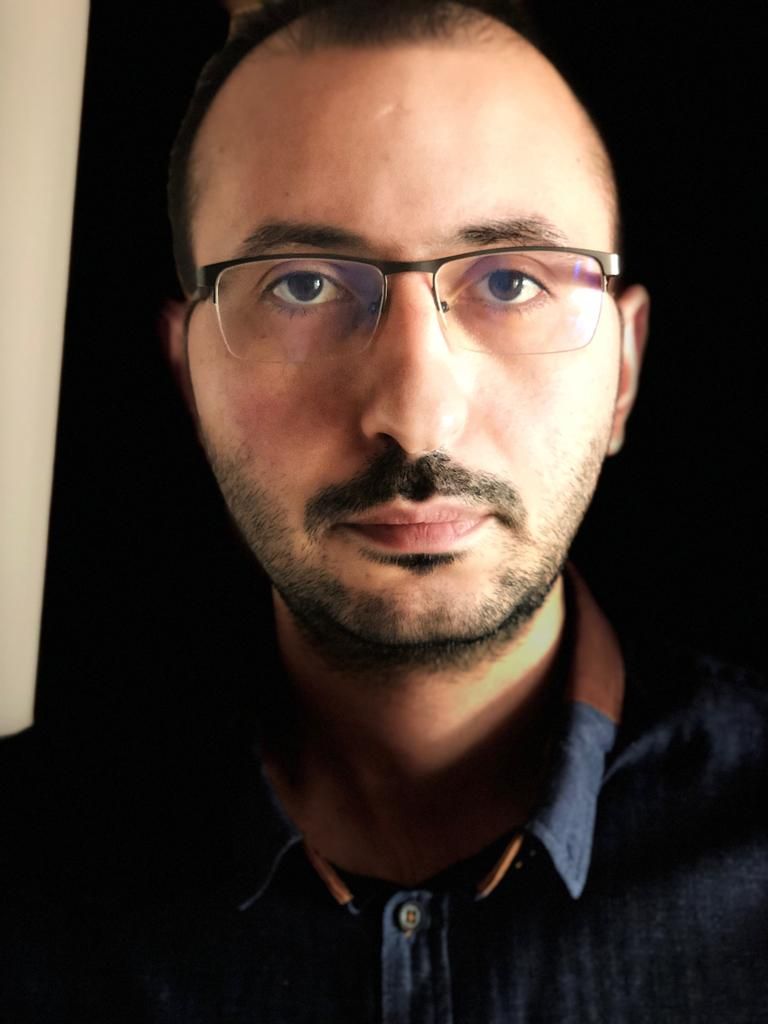Francesc Wilhelmi
The adoption of AI in telecommunications systems is expected to foster the investments made not only in connectivity itself, but also in digital infrastructures.

The adoption of AI in telecommunications systems is expected to foster the investments made not only in connectivity itself, but also in digital infrastructures.

As part of Release 19, the new IoT NTN work item aims to bridge existing gaps in uplink transmission and store & forward mechanisms, enhancing the integration of IoT into Non-Terrestrial Networks.

With this fellowship, I aim to help complete the standardisation of rLEDBAT in the I Internet Congestion Control Research Group (ICCRG) in the IETF/IRTF and of LEDBAT++ in the ICCRG in the IETF.

My contribution has a direct impact in 3GPP Release 19 specifications in the TR 23.946 CAPIF Guidelines.

The priority of my activity is the coordination of the 3GPP activities to update the ITU-R Recommendations on IMT-Advanced and IMT-2020.

With this work, I focus on enabling collaborative ecosystems and models among ICT stakeholders that allow energy saving and a positive environmental and societal footprint, bridging use case workflow and ecosystem design in a way that allows data-driven collaboration and performance increments.

Standardisation work continues with the integration of new technologies, new insights, and new requirements of different verticals. It is very important that EU science, industry, and also users are well represented and engaged in this process.

Developing a standard specifically tailored to AI-based network applications in cellular networks would provide a unified framework, promoting consistency, compatibility, and efficient utilisation of resources.

The main challenge is related to addressing 5G security challenges towards Resilience to Attacks in 5G Networks.
